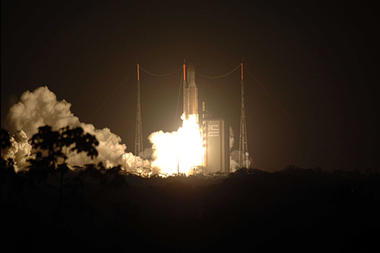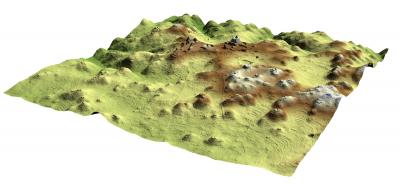
© NASA/ESACould an untidy universe have helped complex life emerge?
Fifteen years ago, I was a physicist hard at work hunting for a theory of nature that would unify the very big and the very small. There was good reason to hope. The great and the good were committed. Even Einstein, who recognised that our understanding of reality is necessarily incomplete, had spent the last 20 years of his life searching for a unified field theory that would describe the two main forces we see acting around us - gravity and electromagnetism - as manifestations of a single force. For him, such a mathematical theory represented the purest and most elegant expression of nature and the highest achievement of the human intellect.
Fifty-five years after Einstein's death, the hunt for this elusive unified field theory continues. To physicist Stephen Hawking and many others, finding the "theory of everything" would be equivalent to knowing the "mind of God". The metaphor is not accidental.
Modern critics say that Einstein and other giants of 20th-century physics (including Wolfgang Pauli, Erwin Schrödinger and Werner Heisenberg) failed because their models didn't include all particles of matter and their fundamental interactions. Factor them in, they argue, and we stand a much better chance of success. Dreams of a final theory (as a book on the subject, by Nobel laureate Steven Weinberg, was titled) live on, stronger than ever.
But are we really getting any closer? Do we dare ask whether the search is fundamentally misguided? Could belief in a physical theory that unifies the secrets of the material world - a "hidden code" of nature - be the scientific equivalent of the religious belief in oneness held by the billions who go to churches, mosques and synagogues every day?

